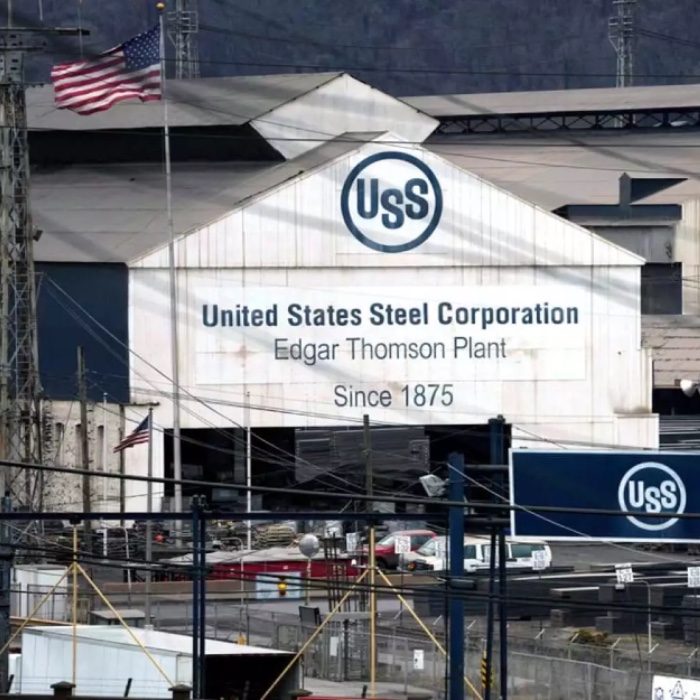Published:
Mergers and acquisitions often reshape industries, but when a deal involves two iconic companies from different nations, it becomes much more than a business transaction. The steel industry is now focused on Nippon Steel’s stalled $15 billion attempt to acquire U.S. Steel, which has sparked discussions about corporate strategies, global trade, and national interests. This transaction and all its challenges have made the difficulties of handling cross-border investments clear to others.
One of the leading steel manufacturers in the world is Nippon Steel Corporation, headquartered in Japan. Nippon Steel is renowned for its innovative and advanced technologies and has long aimed to increase its presence in global markets. On the other hand, U.S. Steel is an American corporation with a long history of producing steel. If these two organizations come together, the steel industry would have a worldwide industry giant that can compete on an unprecedented level.
The planned purchase aims to provide U.S. Steel access to cutting-edge Japanese technology and a more extensive worldwide market while also strengthening Nippon Steel’s position in North America. However, due to worries about national security and essential industries that are vital to the country, the U.S. government stopped the transaction in late 2024. The ruling is in line with the growing watch of foreign investments in sectors of the economy and military that are considered vital to a country.
Both businesses are now in the media’s spotlight because of the ensuing legal dispute. According to Nippon Steel, the acquisition would boost the competitiveness of the U.S. steel sector rather than endanger American national security. U.S. Steel is caught up in a geopolitical struggle since the acquisition’s outcome could significantly affect its market position and operational strategy. U.S. Steel came out with a statement warning that if this deal does not go through, it may cut staff and move its headquarters.
Nippon Steel’s proposed transaction brings up questions about international mergers and acquisitions. We can see through this example that business objectives may conflict with legal requirements. Additionally, this acquisition is significant for the United States government since the steel industry is a vital sector for the military and infrastructure. The stalled agreement makes Japan wonder if the U.S. economy is accessible to foreign investors. It draws attention to the balance between promoting foreign investments and defending the domestic interests of the United States. It also shows international corporations’ difficulties when negotiating regions with different laws and regulations.
Other businesses observing the legal processes may reevaluate their cross-border expansion plans while Nippon Steel and U.S. Steel handle proceedings. The fate of the legal dispute is still up in the air as we venture into 2025, and we will have to see how it progresses over time. A new age of cooperation and innovation in steel manufacturing may be started if the transaction is eventually authorized. If this transaction is entirely refused, it would indicate that investment laws are becoming more complex, which could discourage further foreign purchases in vital sectors. Nippon Steel and U.S. Steel remain the center of attention as their legal dispute progresses. This instance marks how the alignment between the goals of corporations and governments can shape business goals, financial planning, and the overall economy.
File under






